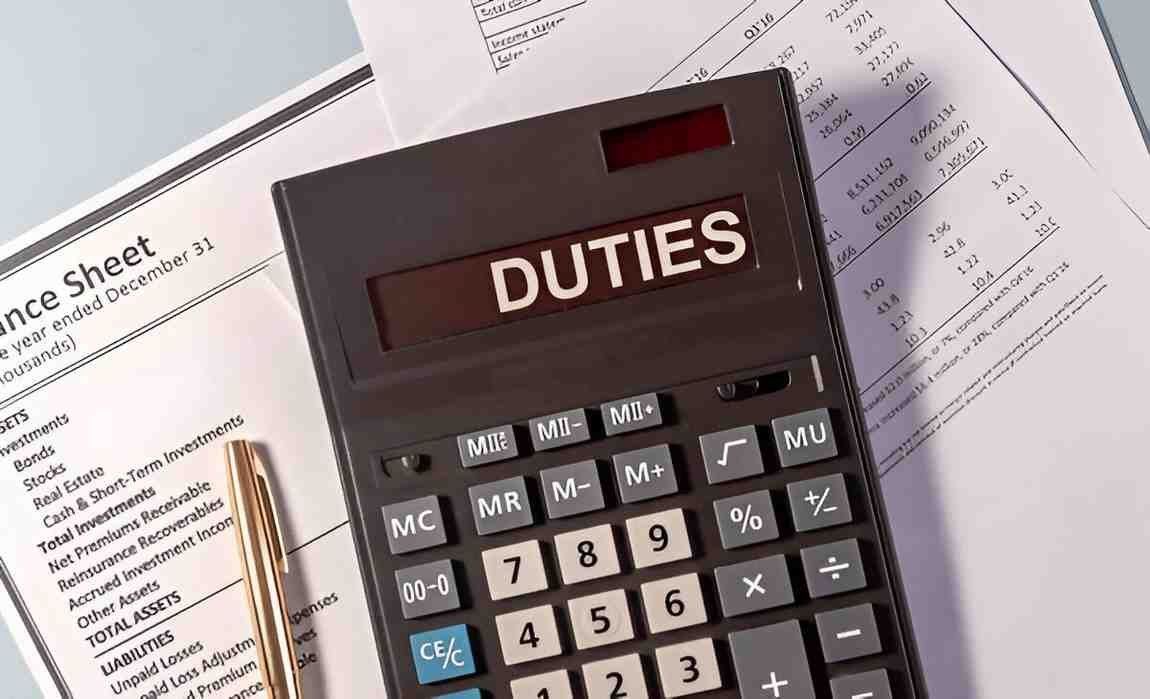Countervailing Duty (CVD) is a tariff or tax imposed by a government on imported goods that have benefited from subsidies provided by the exporting country’s government. The purpose of this duty is to level the playing field for domestic producers by offsetting the unfair price advantage that these subsidized imports might have in the domestic market.
Table of Contents
Why Are Countervailing Duties Important?
Protecting Domestic Industries
Countervailing duties help protect domestic industries from unfair competition. When foreign governments subsidize their exports, it can lead to lower prices that undercut local businesses. Imposing CVDs ensures that domestic producers can compete fairly.
Ensuring Fair Trade
CVDs are a tool to promote fair trade practices. By countering the effects of foreign subsidies, these duties help maintain a balanced international trading system where competition is based on market conditions rather than government intervention.
Maintaining Economic Stability
Countervailing duties can help maintain economic stability by protecting jobs and industries within a country. When domestic industries suffer due to unfair competition, it can lead to job losses and economic decline. CVDs can help prevent these negative outcomes.
How Does Countervailing Duty Work?
Identifying Subsidies
The first step in imposing a countervailing duty is to identify whether the imported goods have benefited from subsidies. Subsidies can take various forms, such as direct cash payments, tax breaks, or low-interest loans from the exporting country’s government.
Investigating the Impact
Once a subsidy is identified, the importing country’s government investigates how this subsidy impacts domestic producers. The investigation assesses whether the subsidy gives an unfair price advantage to the imported goods, harming local businesses.
Imposing the Duty
If the investigation concludes that the subsidy is causing harm, the importing country can impose a countervailing duty. The duty is calculated to offset the benefit of the subsidy, making the price of the imported goods more comparable to domestically produced goods.
Example of Countervailing Duty in Action
The Solar Panels Case
In 2012, the United States imposed countervailing duties on solar panels imported from China. The U.S. government determined that Chinese manufacturers were receiving significant subsidies from their government, allowing them to sell solar panels at lower prices in the U.S. market.
- Subsidy Identification: The U.S. Department of Commerce identified various subsidies provided by the Chinese government, such as grants, tax incentives, and discounted land use.
- Impact Investigation: The investigation revealed that these subsidies allowed Chinese manufacturers to sell solar panels at prices that undercut U.S. producers, causing financial harm to the domestic solar industry.
- Duty Imposition: To counteract the effect of these subsidies, the U.S. imposed countervailing duties on Chinese solar panels, raising their prices to a level comparable to U.S.-made panels. This helped protect the U.S. solar industry from unfair competition.
Benefits and Risks of Countervailing Duties
Benefits
- Protecting Domestic Jobs: By leveling the playing field, CVDs help protect jobs in domestic industries that might otherwise be lost to unfair competition.
- Encouraging Fair Trade: CVDs promote fair trade practices by discouraging foreign governments from providing unfair subsidies to their exporters.
- Supporting Economic Growth: By protecting domestic industries, CVDs contribute to economic growth and stability within the importing country.
Risks
- Retaliation: Imposing countervailing duties can lead to trade disputes and retaliation from the exporting country, potentially escalating into a trade war.
- Higher Prices: CVDs can lead to higher prices for consumers, as the cost of imported goods increases to offset the subsidies.
- Complexity and Costs: Investigating and imposing CVDs can be complex and costly, requiring significant resources and expertise.
Real-World Application
The Steel Industry
The steel industry is another sector where countervailing duties are commonly applied. For instance, several countries, including the United States and the European Union, have imposed CVDs on steel imports from countries like China and India. These duties were imposed after investigations revealed that steel producers in these countries received subsidies that allowed them to export steel at artificially low prices.
Agricultural Products
Agricultural products are also frequently subject to countervailing duties. Countries may impose CVDs on imports of subsidized crops, dairy products, or meat to protect their domestic farmers and agricultural industries from unfair competition.
How to Determine Countervailing Duties
Government Agencies
In most countries, government agencies are responsible for investigating subsidies and determining countervailing duties. For example, in the United States, the Department of Commerce and the International Trade Commission (ITC) handle these investigations.
Legal Framework
Countries typically have a legal framework in place for imposing CVDs, often based on international trade agreements such as those overseen by the World Trade Organization (WTO). These frameworks establish the procedures for investigating subsidies and determining appropriate duties.
Conclusion
Countervailing Duty (CVD) is a crucial tool used by governments to protect domestic industries from the adverse effects of unfair subsidies provided by foreign governments. By leveling the playing field, CVDs promote fair trade, protect jobs, and support economic stability. Understanding how countervailing duties work and their impact on international trade can help businesses and investors navigate the complexities of global markets.





